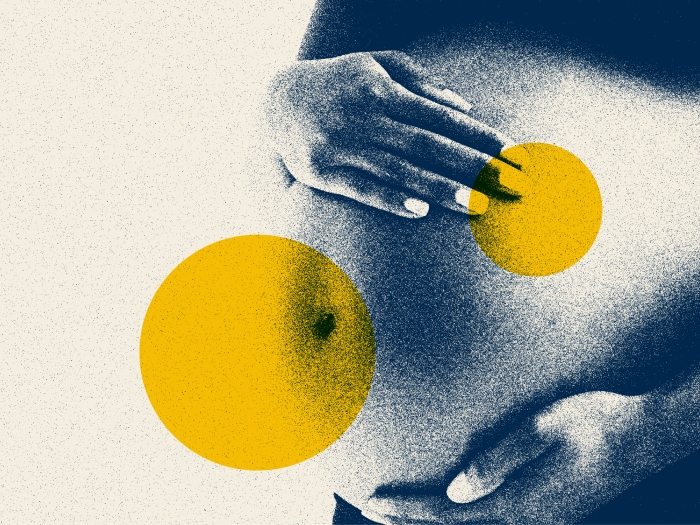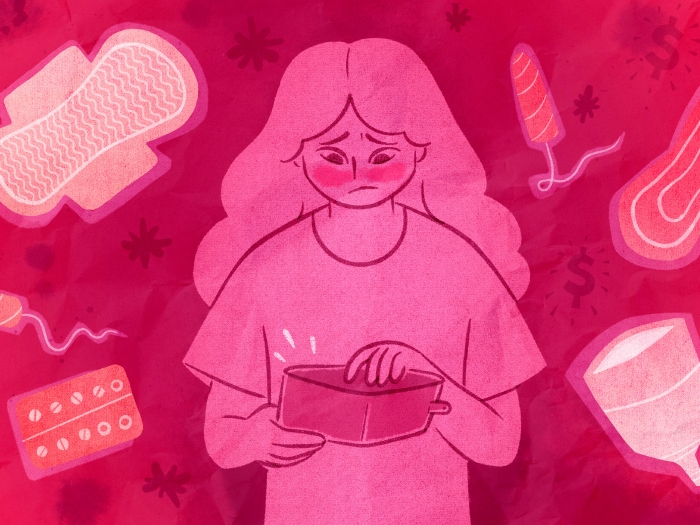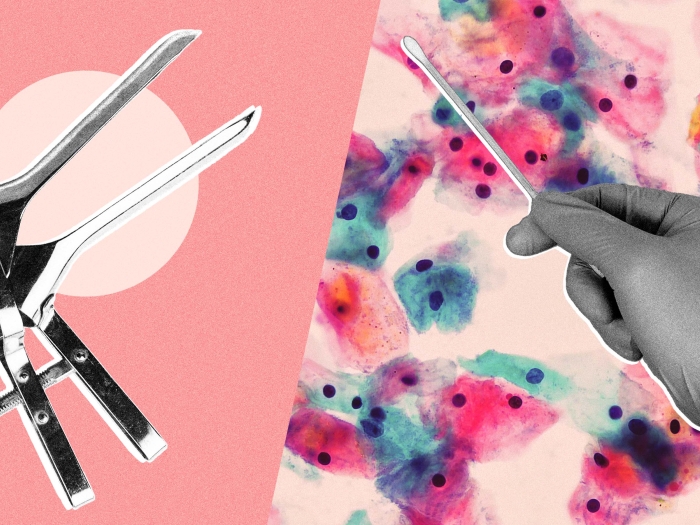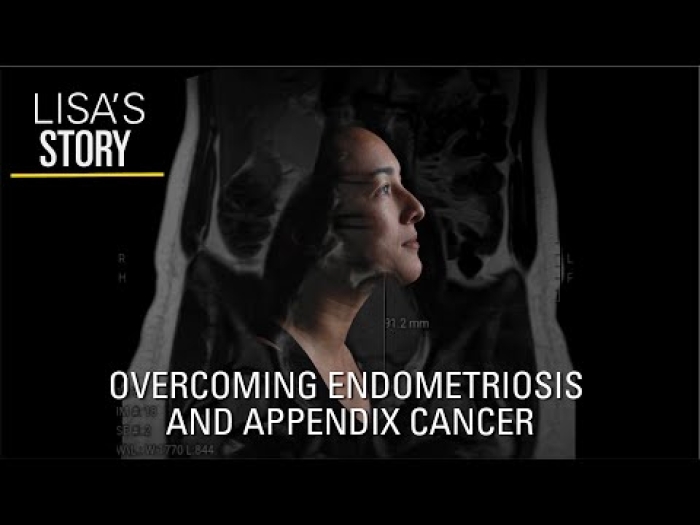While higher income improves maternal and infant health over time, it’s not enough to offset the impact of race, according to research
5:00 AM
Author |

While higher income improves maternal and infant health over time, it’s not enough to offset the impact of race, according to research.
In addition, although higher-income mothers and their babies ultimately end up with better health outcomes, they actually start out with more difficulties. And regardless of wealth, maternal and infant health in the United States lags behind Sweden.
The findings are part of a research project conducted by Ross School of Business associate professor Sarah Miller, Ph.D., who is also an Institute for Healthcare Policy & Innovation member, and her colleagues. The researchers combined California health records with IRS data to provide one of the first in-depth explorations of the effect of income on maternal and infant health.
“There have been a lot of papers and analysis showing that if you compare the U.S. to other wealthy countries, we do quite poorly in terms of infant and maternal health,” Miller said. “And there's a lot more inequality, particularly race-based, in the U.S. than in other countries. Income is potentially a really important factor in this, but it's been hard to nail that down because birth certificate data doesn't have any information on family income. What we're bringing to the table is this new dataset, which links birth certificates to income data so we can actually see how rich families’ kids and moms are doing compared to poor families’, and how that interacts with other disparities like race,” Miller explained.
Since income tends to improve most measures of health, the researchers expected to find that higher incomes would lead to lower rates of infant mortality. And that did turn out to be true, but some other findings from the study were more unexpected.
Wealthiest families start out at a disadvantage, but it doesn’t last
One key finding that surprised the researchers: Although families in the lowest income bracket had some problems with preterm births and low birth weights, families in the highest income bracket did even worse on these measures.
“That was driven almost entirely by maternal age and multiple births,” Miller said. “Higher-income women were having their first birth at an older age, or those that had their first births at an older age were higher income. And the fact that they had more multiple births suggests that maybe there was some fertility assistance that was responsible. The thing that we found really interesting was that although we found much higher rates of preterm and low birth weights among the very wealthiest families, they also had the very lowest infant mortality,” Miller said. “So even though babies were being born with these very high risk factors at very high rates, they were also the most protected.”
Race trumps income on maternal and infant health
Past research has shown a strong relationship between race and the health of mothers and babies, Miller says. For example, non-Hispanic Black infants tend to have more health issues than non-Hispanic white infants.
The researchers wondered if this effect would disappear among the very richest families, who theoretically would have the same access to top healthcare. Yet the study found that racial gaps persist regardless of income.
“When you look at the highest income Black families, their infants’ health is on average worse than the very poorest white families,” Miller said. “And the same is true for maternal health.”
Miller says the new research can’t pinpoint a reason for this discrepancy. Outright discrimination and unequal treatment is a possibility, she noted, or it may be more a matter of systemic issues — babies born with health problems may go on to become mothers themselves, continuing a cycle of challenges.
“These patterns don't seem to go away if we account for hospital quality, age, or multiple births,” Miller said. “We can't pin down a specific cause. That's definitely for future work.”
California lags Sweden, regardless of income
The researchers also compared the California data to similar data from Sweden. Since the United States tends to perform worse on most health measures than other wealthy countries, they expected to see that — but again, they thought the highest-income families in the United States might close the gap. That was not the case.
“It was quite striking,” Miller said. ”We're not saying why these patterns exist; we're just documenting them. But it did suggest to us that Sweden has universal health insurance starting from birth, they have paid family leave, they have better access to medical care throughout the parents’ life. This could be part of the reason why even wealthy people in California are not doing as well as poor people in Sweden.”
Implications for improvement
Miller says one key point of the research was that efforts to improve infant and maternal health in the United States should not focus only on low-income families; the racial factors must be addressed. “I think there was a hope that ‘Well, we can just target low-income people and it's going to close these racial gaps.’ But that is going to be a difficult way to get there,” she said.
On the positive side, the turnaround in outcomes for the wealthiest families — having the most low birth weights and more preterm births yet the lowest infant mortality — demonstrates the power of interventions that are available in the United States. “We have this incredible technology in the U.S. We're ranked No. 1 by the World Health Organization for advanced neonatal technologies, and we have some of the best pediatric hospitals. If we could just extend this protective intervention to a wider range of people on the income distribution, we might be able to really improve infant mortality, which would be great. Maybe we could do better for everyone.”

Explore a variety of healthcare news & stories by visiting the Health Lab home page for more articles.

Department of Communication at Michigan Medicine
Want top health & research news weekly? Sign up for Health Lab’s newsletters today!





